If you are in finding a beautiful decorative plant for your garden, then definitely pay attention to the flax. This plant has many varieties that conquering its simplicity at first sight. Thin flax shoots are abundantly swept away by the pretty flowers of the funnel shape. The most famous flax with blue colors, but there are other color options. In this article, we will consider the peculiarities of growing flax in the open soil, we learn about the most popular varieties of this long-term plant.
Luck - Botanical Description
- Lon is a genus of plants belonging to the family of flax. More than 200 types of flax, which grow in countries with subtropical and temperate climates are known.
- Lyon can be grown and as a perennial, and as an annual herb plant.
- The leaves of all varieties of flax have a solid shape and can be located on the stem oppositely or opposite.
- Flowers for all varieties of flax have 5 stamens and whole marking.
- Flax fruit is a box separated by 2 "half-sixth", each of which contains one oily seed.
- Lona ordinary is the most common variety of flax. The plant can reach 60 cm in height, and in very warm climatic conditions can achieve even greater heights. Flax stem is beginning to branch closer to the top. Flowers are collected in umbrella inflorescences. Flax leaves are located on a naked stem, seemingly and have a narrow form.
Interesting facts about flax
- Lon is one of the most ancient cultures. The mention of it belongs to the 7th century BC. Lyon was grown in ancient India, ancient Egypt, ancient Rome, ancient Russia.
- Lyon sincecore is known not only as textile culture. When conducting archaeological excavations, conclusions were made that Luck was used for cooking in the Stone Age. Mention of the healing properties of linseed oil is also in the Bible.
- Luck was widely used in folk medicine. Ancient Babylonian Lekari reached stunning results in the treatment with linseed oil.
- There is a sign according to which with the help of flax seeds you can achieve success in financial affairs. You can simply pour a handful of flax seeds into the wallet, in the desktop box. If you are tormented by nightmares, then put the bed with linen and mustard seeds on one side of the bed, and on the other hand, a cold water container. Flamen were attributed to truly magical and healing properties by many people in the world.
- In ancient Russia, bread believed his head all, and Lyon is a soul.
- In ancient Egypt, linen fabric was an attribute of wealth and luxury. The craftsmen made the finest linen fabric, which was beautifully compared with the "child's breath". Egyptian mummies were so well preserved not only due to the special composition for embalming, but also thanks to the thin bandams of flax.
- There is a huge amount of folk admission associated with flax. For example, people believed that a couple of flax seeds, if placing them in shoes, protect it from demolition. Men is very useful to wear mascots with flaxseed seed to maintain and strengthen male health and power. Also, people believed that Lyon is a powerful faith from evil spirits, from the evil eye and damage. Seeds even sewed into clothing to be under constant protection of this plant.
Luck - useful properties
You should not be surprised at a huge list of those beneficial properties that can be rendered by the body of the human body. If you consider the chemical composition of this plant, then you can detect the following valuable elements:
- omega-3-6-9;
- pantothenic acid;
- a nicotinic acid;
- asparagic acid;
- glutamic acid;
- glycine;
- thiamine;
- arginine;
- riboflavin;
- magnesium, potassium, calcium, copper, zinc, iron, chrome.
In the recipes of traditional medicine, seeds of flax or linseed oil are very often found. This plant can be a real natural "home first aid kit" on your site. If it is correct to apply flax, it can have the following influence:
- lyon is an excellent antioxidant, which contributes to the activation of the vitality of the body, increases its resistance to viruses and bacteria, slows down the aging processes;
- lon is an assistant in the treatment of diabetes mellitus. It has been proven that regular use of flax is able to reduce blood sugar levels by 20%, reduce the amount of "bad" cholesterol and increase the concentration of "good" cholesterol;
- luck is a folk anti-cancer. It has been established that flax seeds are capable of slowing down the growth of the tumor at an early stage;
- lyon helps to improve the operation of the gastrointestinal tract, drive out slags, toxins from the body, reduce inflammatory manifestations on the gastric mucosa;
- regular use of flax food can prevent the appearance of "plaques" in the blood vessels. This product has a positive effect on the work of the entire cardiovascular system;
- lyon is beneficial to influence the work of the nervous system due to the increased content of group vitamins in;
- linseed oil is often recommended for the treatment of various burns, chemical lesions on the skin;
- flax seeds When soaking in simple water, they have a light laxative effect, can anesthetize and take inflammation.
Despite the large number of positive properties of flax, some categories of people should be related to the use of this product in food carefully. For example, it was revealed that animals have a large amount of flax intake can cause sexual anomalies. Pregnant and lactating women should avoid excessive use of flax seeds or flaxseed in food.
Flax flowers - Photo
Varieties of flax
Flax types
More than 200 types of flax are known, each of whom has its purpose. Some varieties are ideal for textile production, others are good for oil production, and others are widely used in decorative flower growing. The most popular is the system of classification of flax I.A. Sizova. The scientist allocated 5 flax groups:
- lyon-Dolgunsea. The plant is capable of reaching from 70 to 125 cm in height. A distinctive feature of this variety of flax is the lack of branching at a bare stem. The stem also consists of a third of the fiber, which makes this kind of unusually popular in textile production. Flax seeds are rich in fat;
- lyon-Mezheumuk. The plant reaches 50-70 cm in height. The stem can be branching from the base, Luck also has a greater number of boxes than in a flax-dollar. This type is most often grown for oil production, but can be grown for both fiber making;
- lyon-Kudryash. The plant is low, as it reaches only 30-50 cm in height. A distinctive feature of this variety of flax is the strong branching of the stem and a huge amount of seed boxes - up to 100 pieces. Lyon-Kudryash is grown most often to obtain oil, as its seeds are 40-50% consist of it. The best flax crop can be obtained in countries with southern climat - Armenia, Central Asia, etc.
- lona is large. The plant has quite compact dimensions - 40-60 cm in height. Inflorescences are small. A distinctive feature is a large size of seeds. Plants are most often grown in the Mediterranean as an oilseed culture;
- luck semi-shaped. Lyona of this species reaches 50-60 cm in height, grows by a fluttering severe bush, which is richly covered with leaves. In countries with the southern climate, this flax is sowing as a winter culture.
There is also a classification of flax, created by N.I. Vavilov, I.A. Sizov, E.N. Sinska, implying division of this culture for the following subspecies:
- lonnostansky;
- lon Indo-Abyssinsky;
- mediterranean;
- eurasian;
- intermediate.
If we talk about the types of annual and perennial flax, then traditionally allocate the following types of this culture:
- lona large-flowered. This variety of flax is valued for high decorativeness. The plant grows up to 60 cm in height, has a reprehensive stem, branching in the upper part. In the middle of summer, small flags of bright colors appear in the top of the shoots of the shoots. Flowers bloom in sunny weather, reach in diameter 3-4 cm and can be painted in red, white, pink, blue;
- lyon Austrian. You can meet this variety of flax in countries with a warm Mediterranean climate. The plant is perennial, reaching up to 50-60 cm in height. At the beginning of summer, beautiful blue, blue flowers going into small inflorescences begin to appear in the top of the shoots;
- lyon Yehhhhh - The lowest variety of flax, reaching 20-40 cm in height. The birthplace of this plant is considered to be the Balkan Peninsula, Eastern Europe. Lyon Yellow can grow even on poor soils, but negatively refers to the transfers of various kinds. In June-July, the flowering period begins. Miloid yellow flowers are achieved in diameter up to 3 cm;
- lyon is thin collective. A distinctive feature of this type of flax is the pointed form of leaves, their rough surface and the decoration of shoots at the bottom. At the end of June, the period of active flowering begins. Flowers can have white, pink or lilac color;
- llya many years of. The historical places of the growth of flax of many years of Russia consider the European part of Russia, Siberia, the Balkan Peninsula. The plant can reach 50 cm in height. Flowers can have both blue and white color.
Grade flax
Consider the most popular grades of flax:
- Bright eyes - A variety of large-flowered flax, which is capable of transforming your site beyond recognition. The dignity of the variety is the compact sizes of the bush, long-lasting flowering, unpretentiousness, frost resistance of the plant and the abundance of colors with bright color;
- Red - variety of large-flowered flax. The plant reaches 50-60 cm in height, the flowers reaches 5 cm in diameter. Lena red grows perfectly even on poor soils. Blossom abundant and long. The variety is ideal for the creation of a Moorish lawn, for growing in flower beds, Rabatkov;
- Blue Schölk. - Many years of gravestone flax. The plant can reach 50 cm in height, blooms in small blue colors reaching 2 cm in diameter;
- Heavenly azure - Multi-year grade of flax, perfectly suitable for the creation of Moorish lawn, for growing in single, group landings, landings on flowerbed near the clove, bell, Sedumom;
- Heavenly Oka. - Annual grade of flax, which begins to bloom in June-August. The plant can reach 50 cm in height, prefers to grow on well-lit plots in light and nutritional soil;
- Beautiful summer. Unusually decorative grade of flax, characterized by long blossom white, burgundy, blue red flowers. Flowers are small in size, gather in loose inflorescences;
- Satin red. Beautiful selection of annual bright plants to decorate the site. A bush with straight branchy stems is capable of reaching 50 cm in height under favorable growth conditions. Plant prefers to grow on open, solar, well-drained areas. Colors of bright scarlet colors are collected in loose inflorescences in the top of the bush;
- Mosaica - A variety of large-flowered flax, popular with gardeners. The advantages of the variety include the unpretentiousness of the plant and the duration of flowering. Stems shrub Strengthening, reaching 50 cm in height;
- Okonyuk - One of the most popular varieties of decorative flax. Thin and elegant shrub stems reach 60 cm in height. Charm of the plant give large scarlet flowers. The advantages of the variety consider the rapid growth and unpretentiousness to the soil and care.
Flax growing in open ground
Stage 1. How to choose a place to fit the flax in the open soil
Lyon - the plant is unpretentious neither in landing or in care. If you decide to approach the issue of choosing a place to plant flax with all seriousness, follow the following recommendations.
- It is better to choose the solar and open place on your site. It is in such a place that Lyon will show its decorative qualities as much as possible.
- It is desirable that there are no high thick shrubs, high trees with an emission crown near the place of growth of flax.
- When choosing a place for landing of flax worth considering plants that grew on this site earlier. Ideal predecessors are winter crops and mesh. It is undesirable to perplex flax on the plot where other varieties of flax and corn grew.
Stage 2. How to prepare a soil for flax
With the cultivation of flax in the open ground, even a novice gardener will cope. Prepare the soil before planting this plant for some specific technology is not necessary. Try to consider the following flax preferences to the characteristics of the soil:
- lona prefers to grow on light and loose loogline soils;
- it is worth avoiding the planting of flax into the wetlands;
- lon will grow very poorly on heavy clay soils, on acidic soils, as well as on sandy;
- do not go lyric in the place where the groundwater flows too close to the surface. Choose sublime areas;
- lena can excellently grow on soil, which is not distinguished by special fertility;
- plot for landing flax should prepare in advance. In the fall, the land is drunk, weeds remove, compost contribute. In the spring, the plot is harrowing and smoothed.
Stage 3. How to choose time for linen on the plot
If the climate in your area is rather soft, it is possible to plant flax into the open ground as in the spring and autumn. In regions where weather conditions do not allow this to do, gardeners prefer to sow luna in first in boxes or containers.
- When sowing flax in open ground, it is very important to take into account the temperature conditions. The perfect temperature is 15-20 degrees of heat.
- Do not plant flax in cloudy and rainy weather.
- Autumn linen plant in regions with a mild climate guarantees earlier spring shoots.
Some varieties of flax negatively belong to the transplant in open soil and can even die. Be sure to take into account this feature of flax when choosing a planting material.
Stage 4. Landing of flax in open ground
Let us consider in detail the technology of linen in open soil:
- plot for landing flax must be carefully exploded, make sure that there are no root of weed herbs;
- with the help of girlfriend, make a groove with a depth of about 1 cm;
- press the flax seeds, pour them with soil and moisturize with a spray gun;
- if the temperature conditions are comfortable for the plant, then the first shoots can be seen in 2-3 weeks. In order for the shoots to be friendly, the seeds must be sowed to the ground, which warmed up to 7 degrees of heat at a depth of 10 cm;
- if you have chosen the autumn fit of the flax, then you must try to have time before the onset of cold weather. And with the establishment of cold weather, do not forget to cover the lines of flax with dry leaves;
- when the flax seedlings reach 4-5 cm in height, they will need to break, leaving the distance between the individual plants of 20 cm.
Floor care in open ground
Watering flax in the open soil
- Watering flax on the site needs systematically.
- Lyon does not tolerate the stagnation of moisture in the roots, so be careful with the volume of water when watering.
- Watering the flax of a little warm water.
- Depending on which climatic conditions prevail in your region, it may be necessary from 1-2 flax polishers per week.
- If you grow a perennial grade of flax on your site, then with the arrival of autumn watering you need to gradually cut, and it is completely stopped by winter.
- Watering flax is not required in rainy weather.
- Watering flax is best in early in the morning so that the plant does not spend the night in the wet state, which can provoke the development of fungal diseases.
- Experienced gardeners are recommended to use rainwater rainwater for watering, which is very soft and comfortable for most plants in the garden. Collect such water is convenient to large barrels installed on the site that are necessarily covered with covers or other materials to prevent garbage from entering, dirt, insect larvae, etc.
Flax weeping in open soil
The removal of weed herb is a mandatory element of care not only for flax, but also for other decorative plants in your garden. Weeds will not only spoil the appearance of flower beds, but also can deprive Lyon "Health", as weed grass is a source of many diseases. To maintain the decorative appearance of your lines of flax, do not forget to delete faded inflorescences in a timely manner, which will also contribute to an increase in flowering duration, and will also prevent the unwanted self-survey plant.
Fertilizers for flax in open ground
If you do not like to bother with feeding, you can exhale, since Lon can be perfectly done without them. The plant is so unpretentious and universally that it can grow almost in any soil. If you dream to reveal all the decorative properties of flax as much as possible, then you can take into account the following tips.
- Before sowing the flax seeds in the ground, it is desirable to help the compost or humus. You can also add potash fertilizers. This step will relieve you from the need to feed the plant in the future.
- In order to "support" plant forces during active vegetation, various liquid complex fertilizers can be made. They should be made strictly according to the instructions and only after watering the plant.
- Remember that excessive introduction of nitrogen fertilizers can slow down flowering, provoke the development of rust and negatively affect the growth rate of flax.
Flax breeding in open ground
Flax breeding in seed
Flax breeding seeds is one of the most beloved many gardeners of the methods of growing this plant. In addition, the seeds can be without any problems in any store, they can be collected independently, if flax is already growing on your site.
- When buying seeds in the store, do not forget to pay attention to the shelf life of the planting material.
- Perennial flax varieties at the seed breeding method bloom only for the second year.
- In regions with a mild climate, seeds can be sowed immediately into open ground with a warm weather - at the end of May or early June. If the weather does not allow, then they first grow flax seedlings at home, and then transfer it to the ground.
- If you sew the flax seeds at home, then in the tank for landing, be sure to pour a drainage layer with a thickness of at least 10 cm. Soil can be purchased ready in the store, and you can simply mix garden ground with a humus, mineral feeding.
- Some gardeners are not recommended to carry out a flax transplant, as the rod root system can be very easy to damage. Capacity with seedlings of flax can be simply taken to the street.
- In order to provide a longer flax flowering on your site, gardeners are recommended 2-3 weeks after sowing seeds make another sowing.
Flax breeding in the way of dividing the bush
The division of the flax bush is quite rarely chosen by gardeners as a method of reproduction. The plant, as mentioned earlier, rather negatively applies to any "anxiety" of the root system. If you decide to try to multiply or rejuvenate the plant in this way, then consider the following recommendations:
- Use the way to divide the bush is better on 2-3-year-old plants.
- Pour the bush before digging.
- Most carefully and gently remove the flax bush from the ground.
- Divide the bush on as many parts, as much as the size of the plant allows.
- Place each part of the bush on a pre-prepared place.
- Before plants are rooted, it is advisable to dialect them from too strong sunlight.
Flax breeding Chernoka
Luck is quite well multiplied with stalks. Take into account the following recommendations when choosing this method.
- In July or August, you can proceed to cutting cuttings. To do this, you need to choose the strongest shoots of flax bustle and cut their top of about 8-10 cm.
- From the cutting cut the top and inflorescence, if it is.
- Stornar before planting is desirable to soak for a while in the solution of any stimulator for the formation of roots (for example, corneser).
- Line cutlets then need to be rooted in a mixture of peat and sand in a 1: 1 ratio.
- In order for rooting occurred, it is desirable to create a greenhouse reference conditions. Cover the landing with a film or any other material. Follow the moisture content of the soil, periodically check the landing and remove the condensate from the inner surface of the shelter.
- In the spring of next year, when warm weather is installed, flax cuttings can be planted in open ground.
Diseases and pests of flax
Lyon is considered a plant rather resistant to various diseases and pests. Among pests that can still attack your lines planting, you can call the following:
- linen flea - Black, dark green bug about 2 mm long, which slowly eats the leaves of the plant, climbs with seed boxes. The pest is completely able to completely destroy the plant. The main reason for the appearance of an insect is untimely weeding;
- linen fruit. The larvae of this pest eat all the above-ground fraction of flax, slowly leading a plant to death;
- linen thrips. This pest and its larvae are able to "suck" the juice from the plant, causing the deformation of the leaves, the disappearance of buds, slowing down growth and development.
If you notice one of the above symptoms on your listed plants, then definitely begin to treat plants. There are a large number of folk methods to get rid of pests. But, perhaps, the most effective was shown by modern insecticidal agents sold in horticultural stores in a large assortment.
If we talk about diseases, the flax may be subject to the following of them:
- anthracnose - A fungal disease that occurs most often due to excessive humidity of air and soil. The leaves and stalks of the plant at the base are covered with brown spots, gradually covering the rest of the plant above;
- fusariosis - A fungal disease that can be suspected from flax on fading the tops of shoots, yellowing leaves. The plant can fully die if not treated;
- rust - A fungal disease that manifests itself on the lines of flax with small red "rash" on the above-ground parts of the plant.
In order not to resort to the treatment of plants from fungal diseases, it is important to comply with the correct watering mode, comply with the planting technology, choose the optimal landing place. Remember that on the place of flax, having lost the fungal disease, it is undesirable to plant new plants within 2 years.
Lyon is able to become a real decoration of your site. The plant needs a periodic watering and a weeding, with which the novice gardener can cope with even the beginning. We can effectively arrange garden tracks, flower beds, rabids, mixboraders on your site. Lyon is great for the creation of Moorish lawn. This plant looks beautifully both in single and group landings. Lyon can also become an excellent interior decoration in the form of a bouquet. To do this, it is necessary at the stage of formation of buds to extract the plant along with the roots and put it in a beautiful vase.

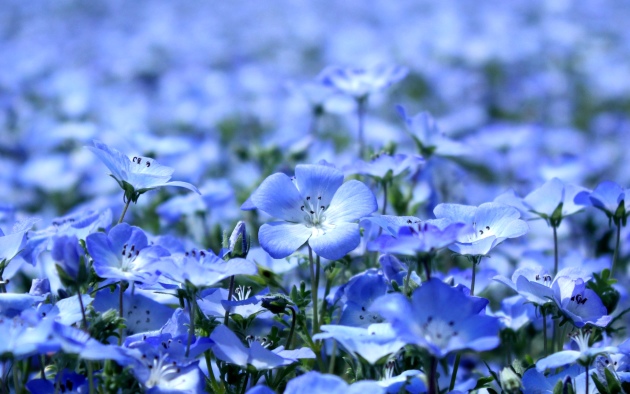

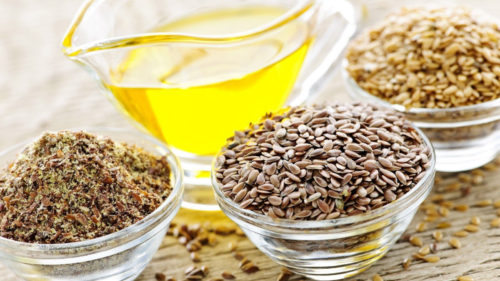
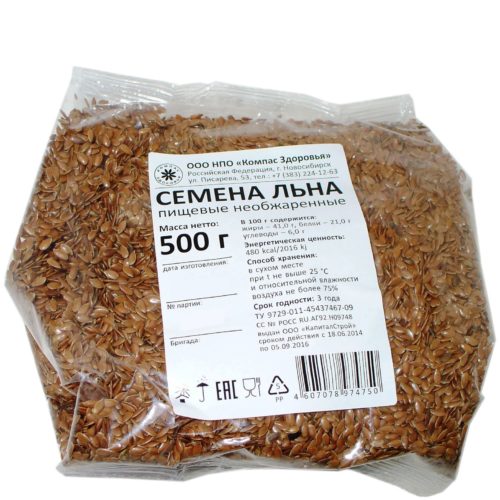
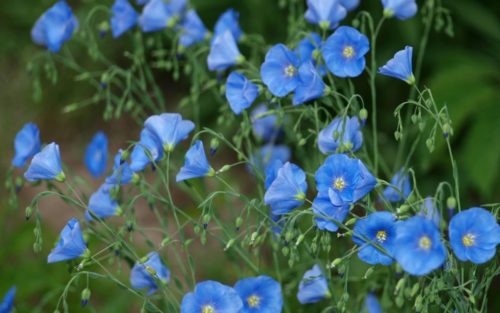
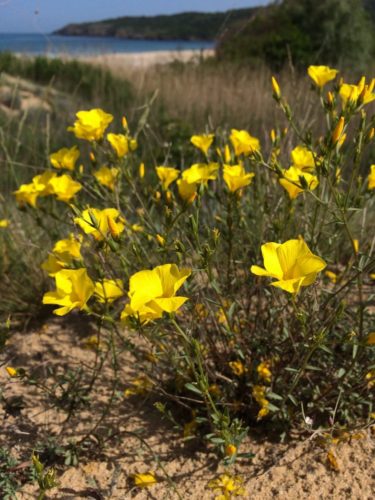
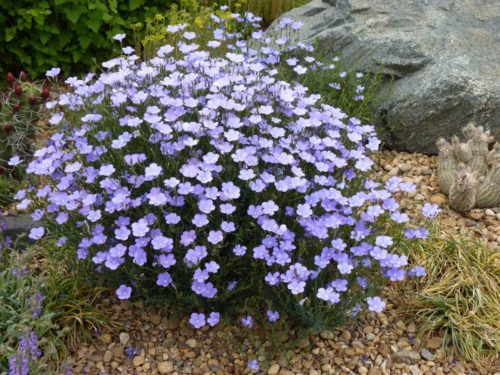

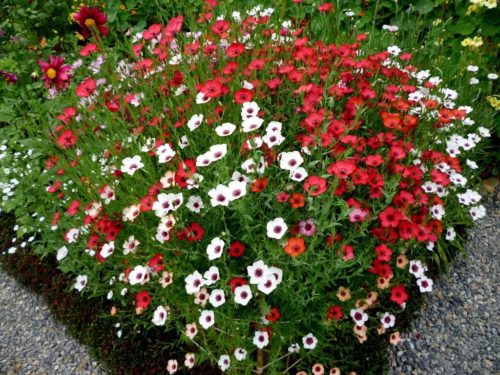
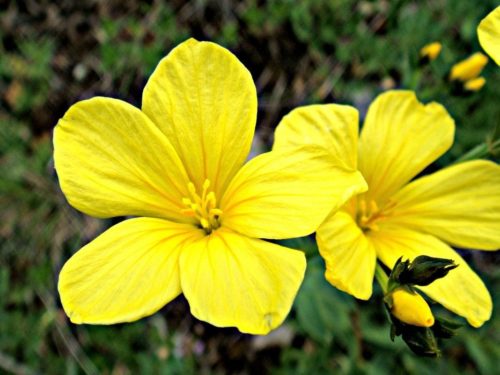
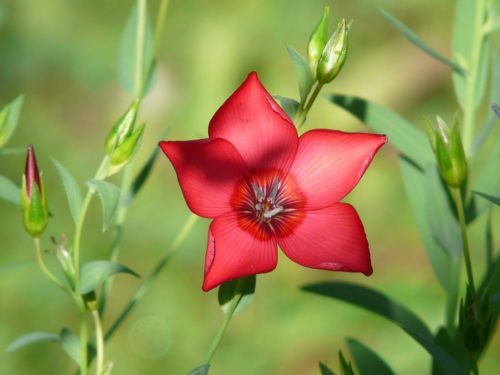
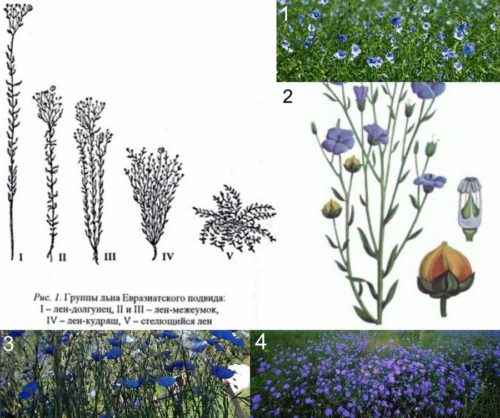
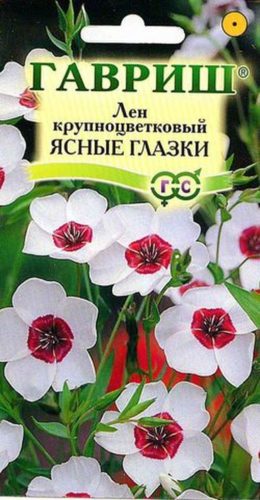
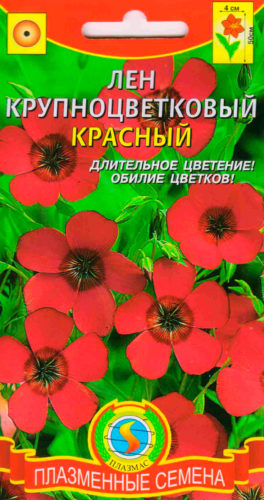
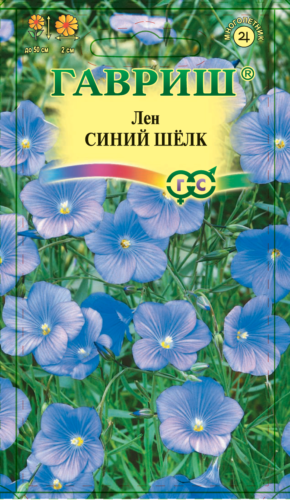
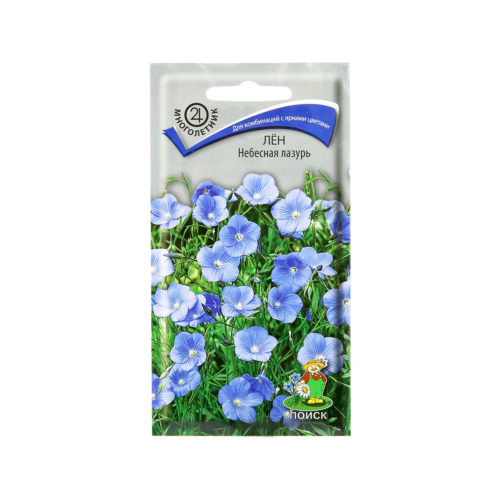
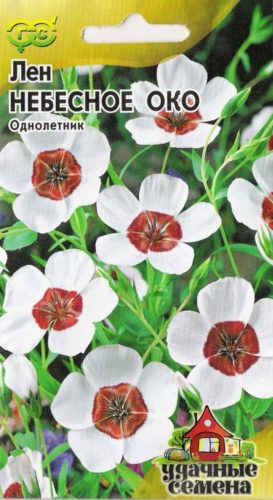
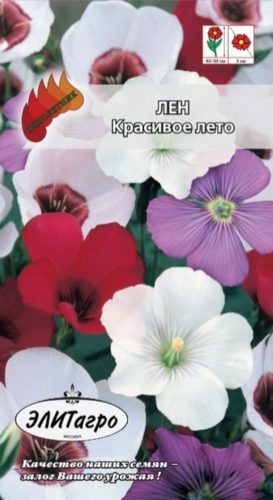
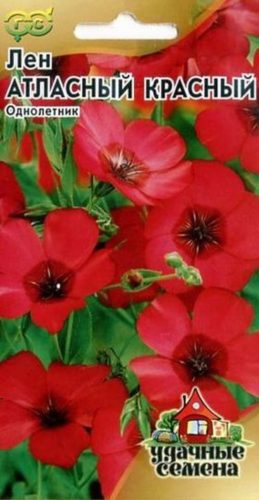
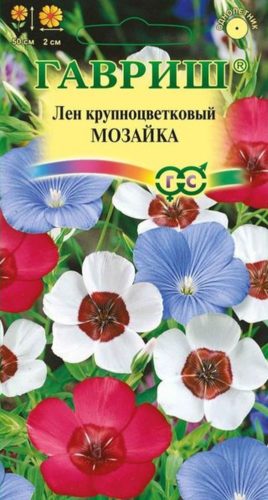
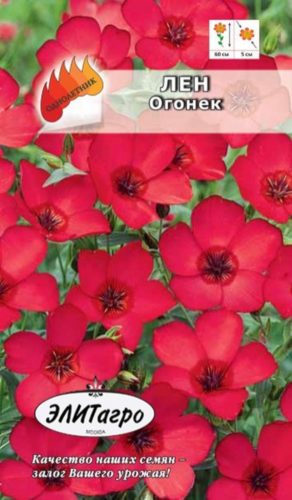
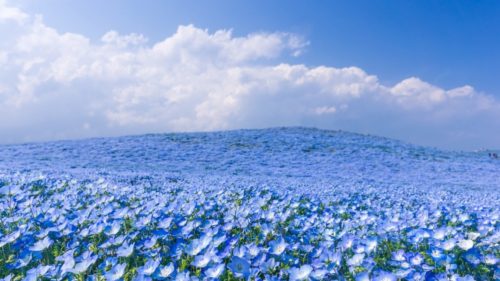
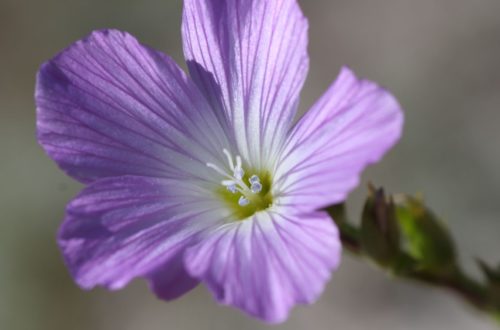
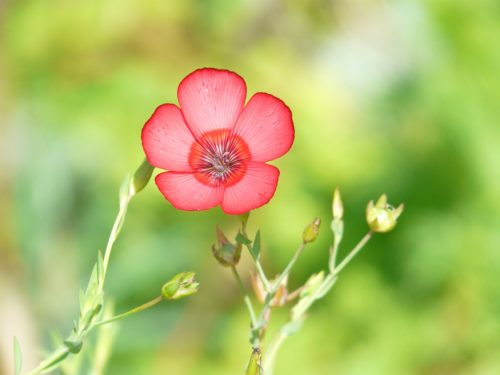













 Start a discussion ...
Start a discussion ...